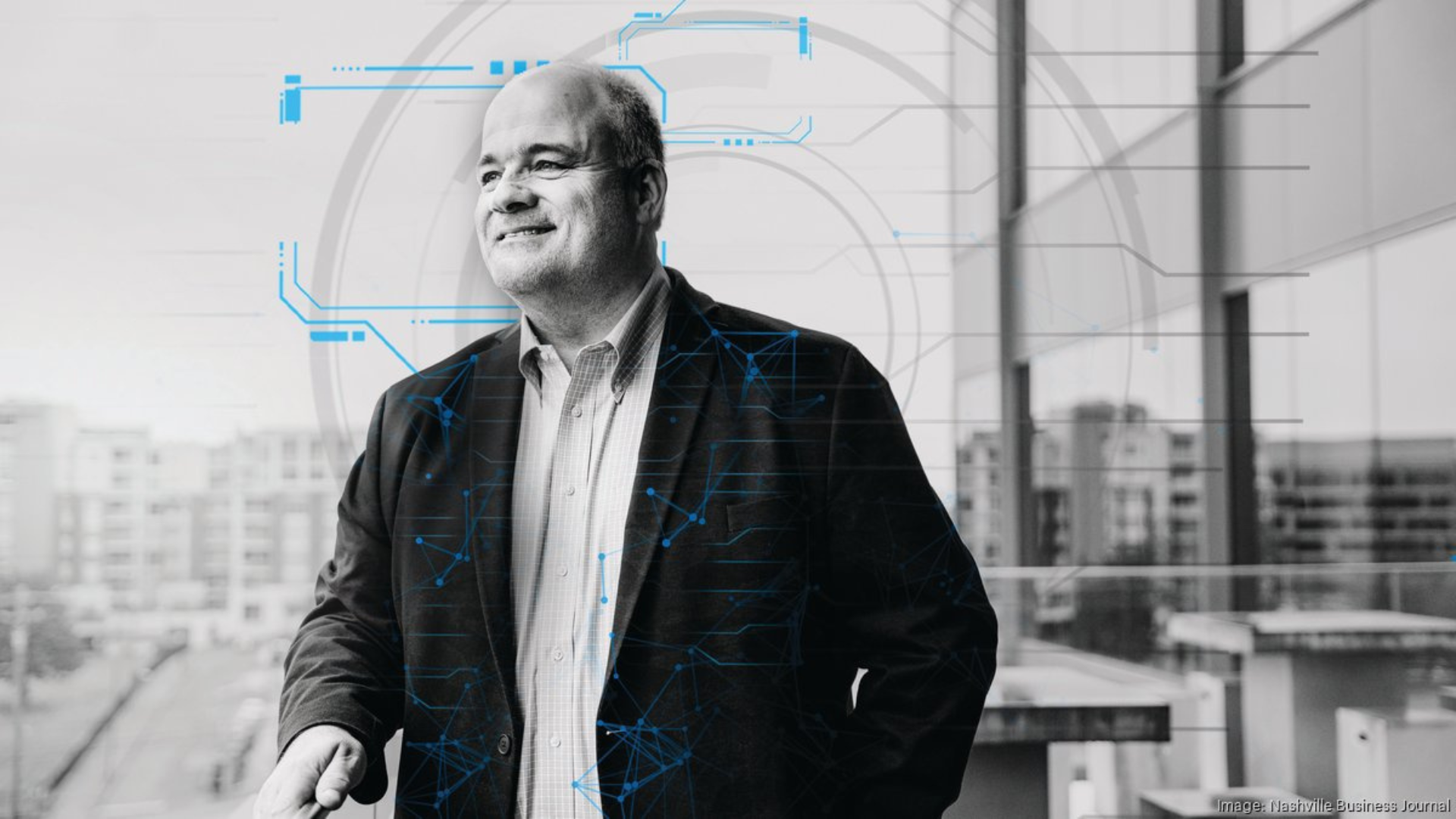The Future of Hiring: How AI Is Reshaping Talent Acquisition

In today’s competitive job market, finding a dynamic, qualified, and diverse applicant pool is both challenging and costly. AI, when used effectively, can significantly streamline the talent acquisition process, helping organizations find the right candidates more efficiently and affordably. However, many corporate leaders remain hesitant, concerned about data privacy, security, and which systems are best suited for their needs.
Nashville-based consulting firm Thrivence, a division of Barge Designs, successfully leveraged AI to transform its talent acquisition capabilities.
With its parent company Barge facing a shortage of qualified candidates and prolonged vacancies, Thrivence leveraged its deep talent acquisition experience and insights with the power of AI to improve Barge job posting language, optimize job search engine visibility, and enhance diversity and inclusion measures. Since its launch in mid-2023, the result has been a 130% increase in quality applicants for its parent company Barge, offering key insights for HR and operational leaders considering the use of AI to improve their own recruiting challenges.
Talent Acquisition: A Growing Challenge
Economic uncertainty and shifting societal expectations have made talent acquisition more complex. Employers struggle to attract candidates who can drive growth and commit long-term. According to SHRM, the average cost per hire in 2022 was nearly $4,700, while other estimates suggest that factoring in soft costs, talent acquisition can cost three to four times a position’s salary.
Thrivence senior consultant Gary McClure explains, “The job market ebbs and flows. There was a time when we had a flood of candidates; now it’s much tougher. AI is key in helping us navigate these new challenges.”
The Innovation Challenge
In summer 2023, Barge’s executive vice president and COO, Shannon Lambert, posed a challenge: how could the company leverage AI to improve efficiency, particularly in talent acquisition?
Like a lot of organizations, Barge’s traditional job postings were outdated—static, generic, and lacking customization. They didn’t effectively target specific audiences, failed to reflect candidate needs, and were vulnerable to unintentional bias. With talent acquisition increasingly happening online, the postings also fell short on search engine optimization (SEO), limiting visibility on platforms like Glassdoor, Indeed, and LinkedIn.
Thrivence was tasked with using AI to address these shortcomings. As McClure notes, “We saw an opportunity to leverage AI to increase awareness, candidates, and ultimately hire and onboard great people.”
Thrivence’s AI-Powered Approach
Rather than solely using open-source AI tools like ChatGPT or Microsoft Copilot, Thrivence combines AI tools with its proprietary algorithms to ensure enhanced security and control. The first step was revising job descriptions to make them more engaging and aligned with Barge’s culture. Job postings were optimized for SEO and personalized for different candidate personas, from early-career professionals to mid-career applicants. Additionally, diversity, equity, and inclusion (DEI) language was integrated into each listing.
Thrivence’s AI-powered strategy focused on three key aspects of the candidate journey:
- Building Awareness: Ensuring the right candidates see and become interested in the positions.
- Creating Engagement: Engaging candidates with the company’s brand and reputation.
- Enabling Conversion: Turning prospective applicants into employees.
AI was used to craft dynamic, clear, and concise job descriptions, removing ambiguity that previously deterred applicants. Bias was reduced, and DEI-focused language made postings more inclusive. SEO enhancements boosted visibility, resulting in a larger and higher-quality candidate pool.
Thrivence also engaged internal stakeholders and past applicants to refine the process. “We worked with our team, recent hires, and even past candidates to improve the system,” McClure explains.
Results: Immediate Success
The results were transformative. In a comparison of two 50-day periods before and after AI implementation, applicant submissions jumped from 111 to 258—a 132% increase. The number of quality applicants surged as well, from just five interviews in the pre-AI period to 19 post-AI. McClure notes, “We recognized quickly that AI was driving more traffic to our job postings, and it delivered better candidates.”
AI also improved efficiency in responding to candidates, increasing interaction on sites like Glassdoor and raising the company’s rating. Beyond non-monetary benefits, AI reduced talent acquisition time, enabling faster onboarding and revenue generation. “It’s both a cost-saver and a revenue driver,” McClure says.
Senior Consultant, William Blackstorm, who is a recruiter and talent acquisition data analyst, illustrates how Thrivence utilizes AI to find ideal candidates for Barge related to its core engineering work.
“What used to take 10 hours or longer can now be done in 30 to 40 minutes using AI. It helps me with speed, efficiency, accuracy and my targeting is becoming more precise,” he said.
Navigating AI Pitfalls
While AI offers significant advantages, it’s not without challenges. Privacy, security, and potential bias are key concerns. Human oversight remained essential throughout the process, ensuring the AI output was accurate and aligned with the company’s values.
Bias is another potential pitfall. AI can reduce bias, but it must be monitored to ensure it doesn’t introduce new biases.
McClure points to the cautionary tale of Amazon, whose AI recruiting system unintentionally favored male applicants for technical roles. “Human oversight is critical,” McClure emphasizes. “We must ensure AI-generated content is accurate and inclusive.”
Conclusion: The Future of AI in Talent Acquisition
The rapid adoption of AI technology means companies can no longer ignore its potential. As Thrivence’s success demonstrates, AI can adapt to a company’s unique needs, drive efficiency, and improve hiring outcomes. With careful implementation and oversight, AI can be a game-changer for talent acquisition.
“If you use AI to optimize your talent acquisition process, you’ll attract better candidates and align them more closely with your company’s needs,” McClure concludes. “It’s not just about saving time—it’s about delivering better results.”
Ready to Elevate Your Hiring Strategy?
If you’re ready to build a smarter, more efficient recruiting process, contact us for a free consultation to see how our AI-driven talent solutions can help you attract and retain top talent.



